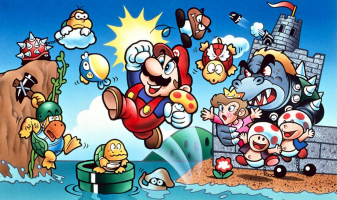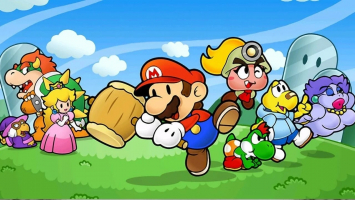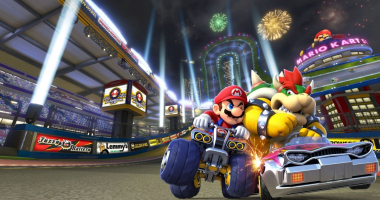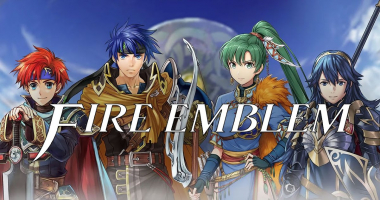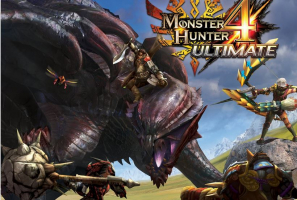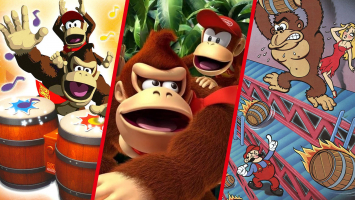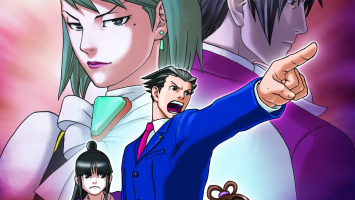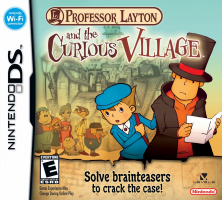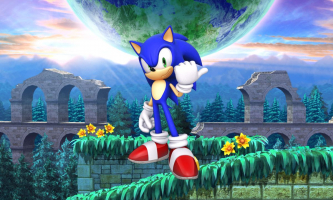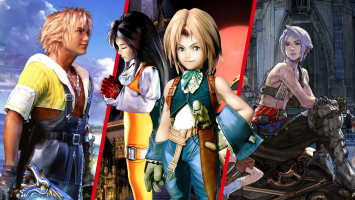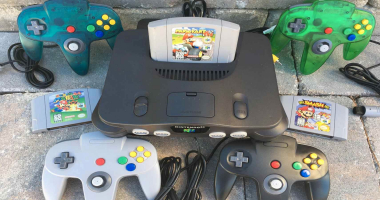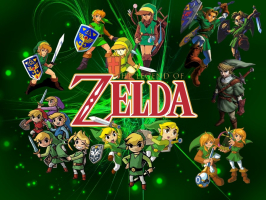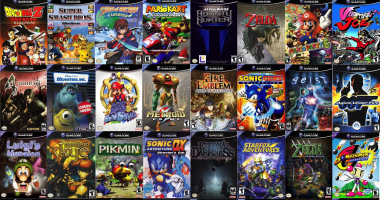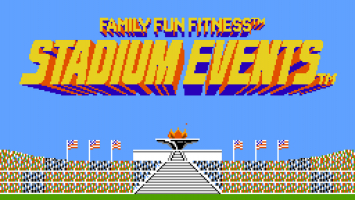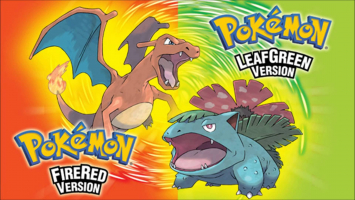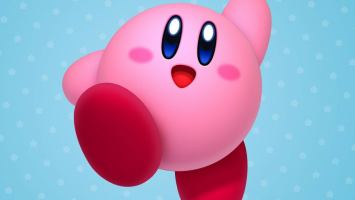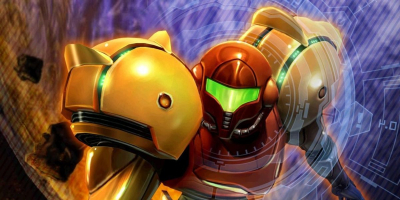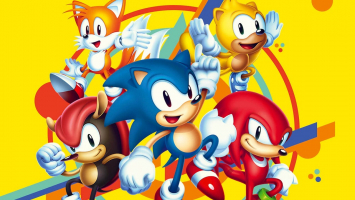Top 10 Best Nintendo GameCube Games of All Time
The Nintendo GameCube has a striking design. The GameCube was discontinued in 2007, but that hasn't stopped enthusiasts from feverishly hunting for the ... read more...system's finest games, whether to satisfy their nostalgia or to build a collection to play on emulators. So there you have it: the greatest GameCube games of all time.
-
Fire Emblem: Path of Radiance is a 2005 tactical role-playing video game published by Nintendo for the GameCube. It was developed by Intelligent Systems and Nintendo SPD. It is the ninth main entry in the Fire Emblem series and the third to be released in the West. The gameplay, as in previous versions, relies around arranging characters on a battlefield to combat an opposing army. If a character is defeated in battle, they are eliminated from the game.
The action takes place on the fictitious continent of Tellius, which is populated by the humanoid Beorc and the shapeshifting Laguz. When the Beorc nation of Daein invades its neighbor, the kingdom of Crimea, the game starts. Ike and his comrades set out to re-establish Crimea's successor, Princess Elincia, in the kingdom. The gang travels throughout Tellius, forming alliances with various countries to liberate Crimea from Daein's authority and encountering ethnic tensions and long-standing hostility between the Beorc and the Laguz along the way.
Path of Radiance was developed for the GameCube following the popularity of the Title Boy Advance game Fire Emblem, marking the series' first home console entry since Fire Emblem: Thracia 776. The game is the series' first to offer 3D visuals, full-motion cutscenes, and voice acting. The series' shift to 3D posed several challenges for the creators. The localization team collaborated extensively with Intelligent Systems to ensure that the localization was as accurate as possible to the original Japanese. The game earned significant critical acclaim for its gameplay and plot upon release, however numerous journalistic blogs and publications criticized the game's visuals.
Platform: GameCube
View Details: amzn.to/3sXVx5b
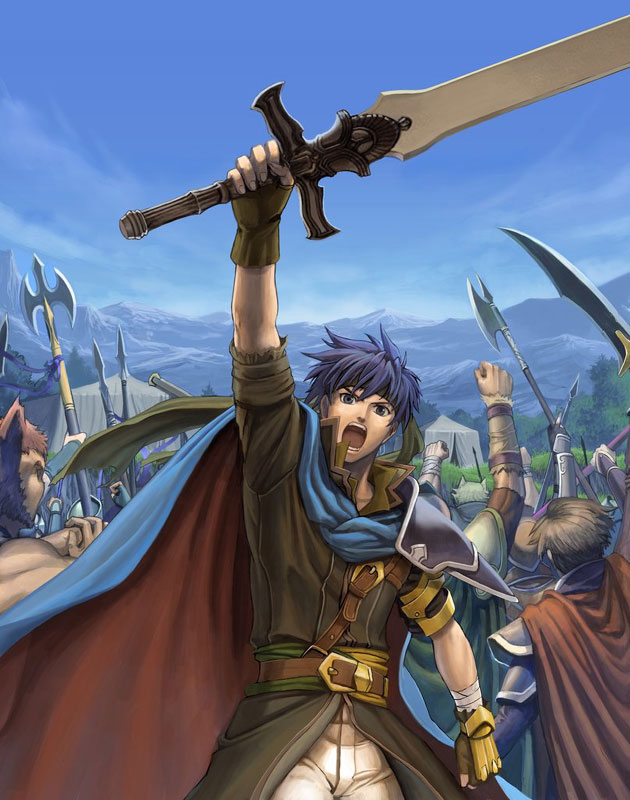
Fire Emblem: Path of Radiance 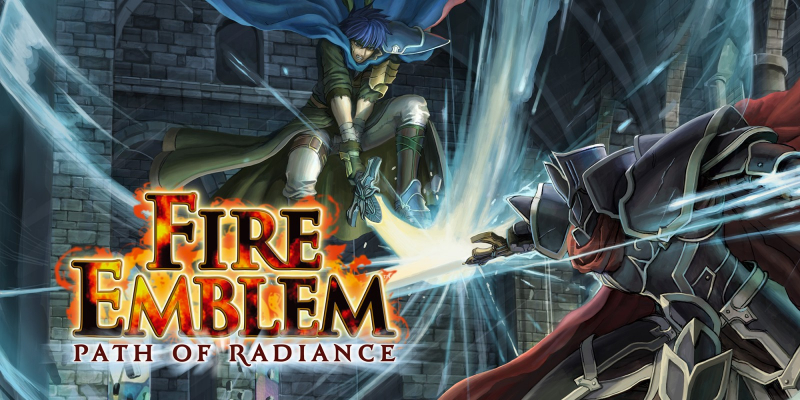
Fire Emblem: Path of Radiance -
Treasure created Ikaruga, a shoot 'em up. It is the spiritual successor to Radiant Silvergun (1998), and it was first published in Japanese arcades in December 2001. The plot follows a rebel pilot named Shinra as he fights an enemy nation with the use of a specially built fighter called the Ikaruga, which can switch between two polarities, black and white. This polarity principle is important to the game and serves as the foundation for level and opponent creation. In the game, all adversaries and bullets are either black or white. Bullets of the same color as the player are absorbed, whilst others kill the player. There are both single-player and cooperative modes in the game.
Ikaruga development began during director Hiroshi Iuchi's spare time when Treasure was working on Sin and Punishment (2000). The game originated as a successor to Radiant Silvergun, and it draws many aspects from it, including the polarity mechanic from Treasure's Silhouette Mirage (1997). The player's ammunition was limited throughout the game's development stages. The bullet absorption system was employed to reload ammo, but it was discovered to be weak because it caused too many breaks in the motion. In keeping with Treasure's game design philosophy, Ikaruga was created with the purpose of challenging normal game design norms and developing a new form of shooting game. Ikaruga was worked on by five Treasure staff members and three G.rev support personnel.
Platforms: PC game, Xbox 360, PlayStation 4, Microsoft Windows, GameCube
View Details: amzn.to/3wMrlLw
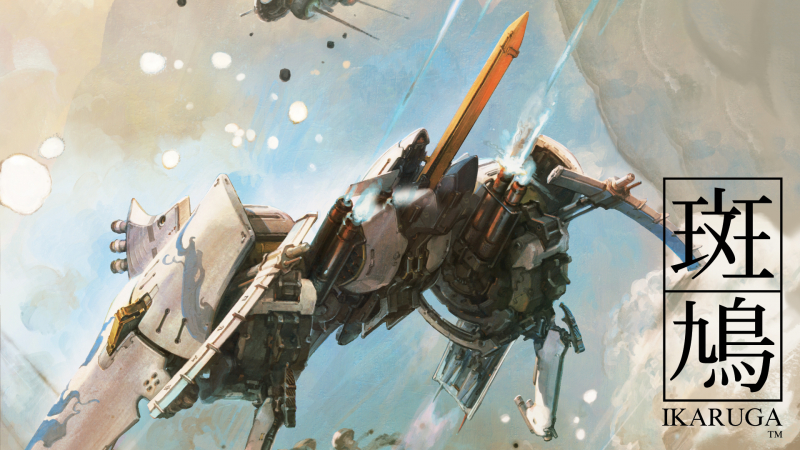
Ikaruga 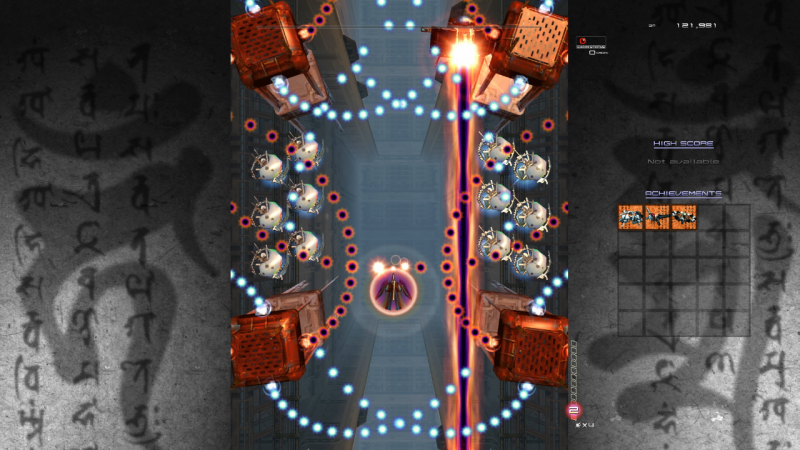
Ikaruga -
Mario Kart: Double Dash is a kart racing video game released in 2003 for the GameCube by Nintendo Entertainment Analysis & Development. After Mario Kart 64, this is the fourth main entry in the Mario Kart series and the third for home consoles. It was preceded by Mario Kart: Super Circuit for the Game Boy Advance in 2001, and it was followed by Mario Kart DS for the Nintendo DS in 2005. It is the first game in the series to use 3D polygon visuals instead of sprites for the racers.
Double Dash, like the preceding releases, pits Mario series playable characters against each other on Mario-themed tracks. The game added a lot of new gameplay elements, such as the ability to play co-op with two riders per kart. One player controls the kart, while the other utilizes items. Players can change roles at any moment. So far, Double Dash is the only game in the Mario Kart series that allows cooperative play. Double Dash features LAN play using the Nintendo GameCube Broadband Adapter, which allows up to 16 people to participate at the same time. There are a total of 20 characters to choose from, each with a unique item, and eleven of them are new to the series.
Platform: GameCube
View Details: amzn.to/39W1VTO
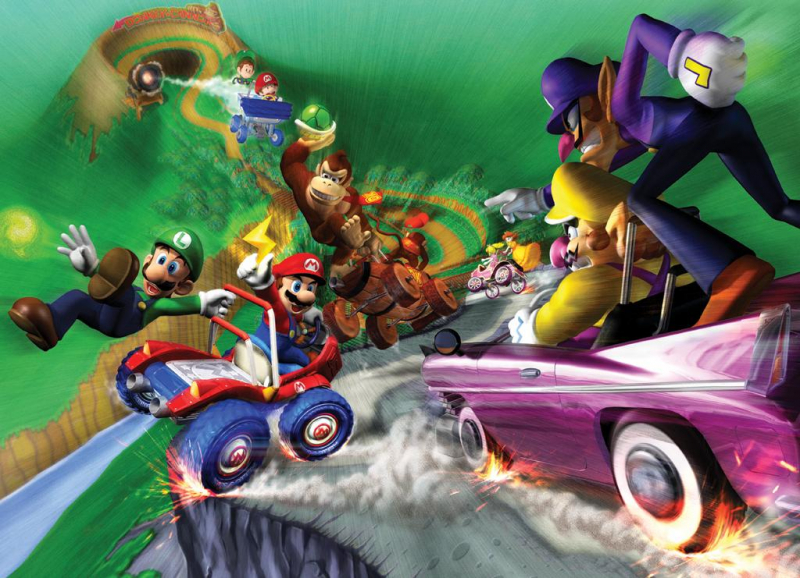
Mario Kart: Double Dash 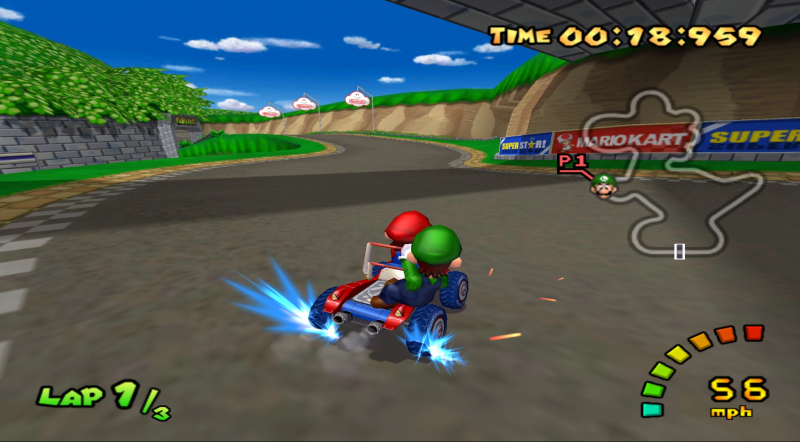
Mario Kart: Double Dash -
Metroid Prime is a GameCube action-adventure game developed by Retro Studios and released by Nintendo. Metroid Prime is the fourth main entry in the Metroid series and the first to feature 3D computer graphics and a first-person perspective. Because the game prioritizes exploration over fighting, Nintendo characterizes it as a "first-person adventure" rather than a "first-person shooter". It was released in November 2002 in North America, and the following year in Japan and Europe. One day after its North American release, Nintendo published Metroid Fusion for the Game Boy Advance, reintroducing the Metroid series after an eight-year break following Super Metroid.
The first game in the Metroid Prime storyline, which takes place between the original Metroid and Metroid II: Return of Samus, is Metroid Prime. Metroid Prime, like previous games in the series, takes place in a science fiction environment, with players controlling the bounty hunter and series protagonist, Samus Aran. Samus fights the Space Pirates and their biological experiments on the planet Tallon IV in the tale. The game was developed in Austin, Texas, by Retro and Japanese Nintendo workers, including producers Shigeru Miyamoto and Kensuke Tanabe, the latter of whom recommended the concept after visiting Retro's offices in 2000.
Platforms: GameCube, Wii
View Details: amzn.to/3t2rjya
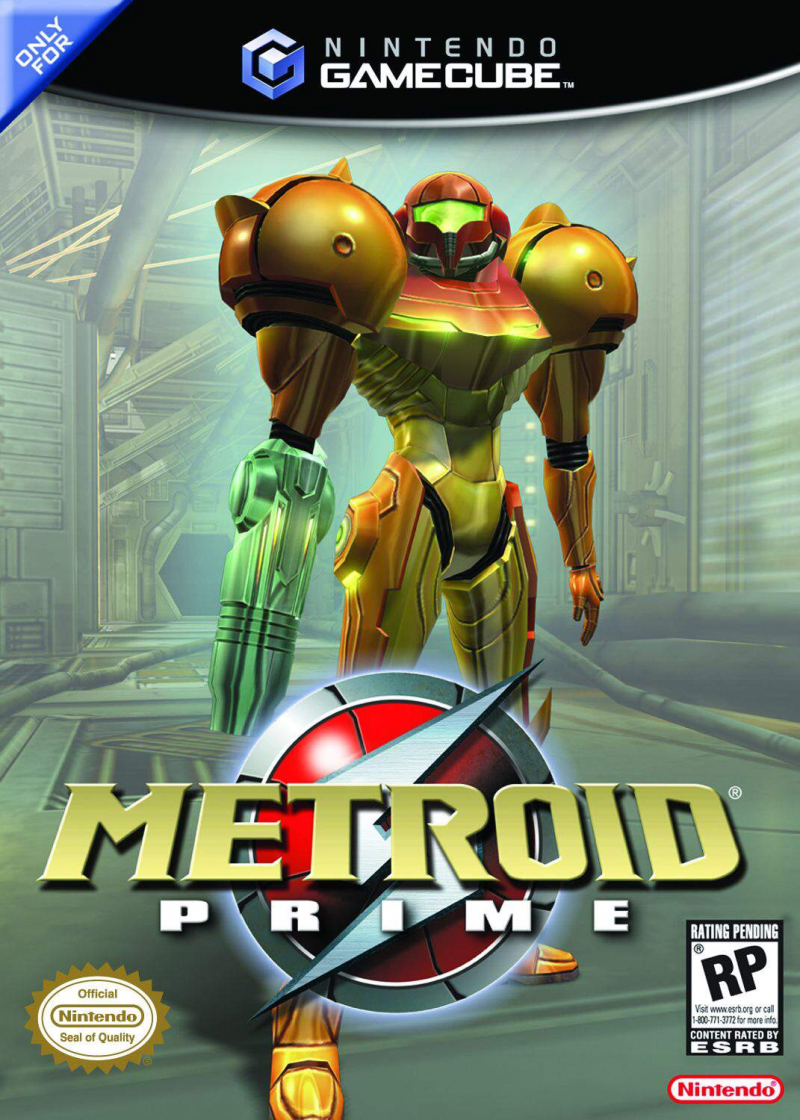
Metroid Prime 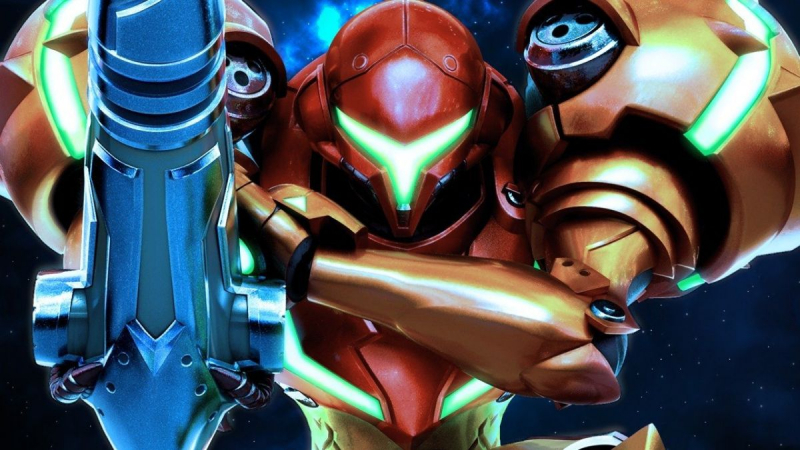
Metroid Prime -
Paper Mario: The Thousand-Year Door is a 2004 role-playing video game for the GameCube developed by Intelligent Systems and published by Nintendo. Following Paper Mario, The Thousand-Year Door is the second game in the Paper Mario series and is part of the bigger Mario brand. When Mario and Princess Peach become entangled in the quest for a mysterious gateway containing immense riches, Peach is kidnapped by an extraterrestrial gang known as the X-Nauts; Mario sets out to retrieve the treasure and save the princess.
The Thousand-Year Door incorporates several gameplay aspects from its predecessor, including a drawing-based graphic style and a turn-based fighting system with a focus on perfectly timing actions. The player controls Mario for the duration of the game, however, Bowser and Princess Peach are available at times. The game was unveiled during the 2003 Game Developers Conference and was published in Japan in mid-July 2004 and worldwide in late 2004. Critics liked the game, praising it for its compelling storyline and gameplay. The Thousand-Year Door was named "Role-Playing Game of the Year" at the 2005 Interactive Achievement Awards and is widely regarded as the series' greatest game.
Platform: GameCube
View Details: amzn.to/3sVMjq8
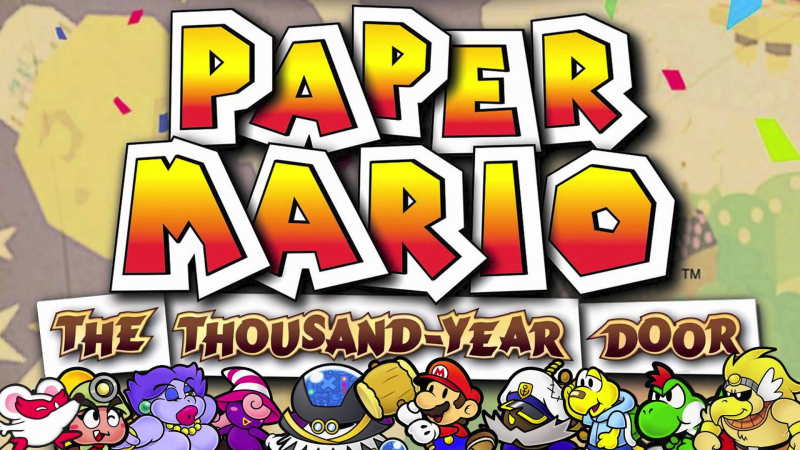
Paper Mario: The Thousand-Year Door 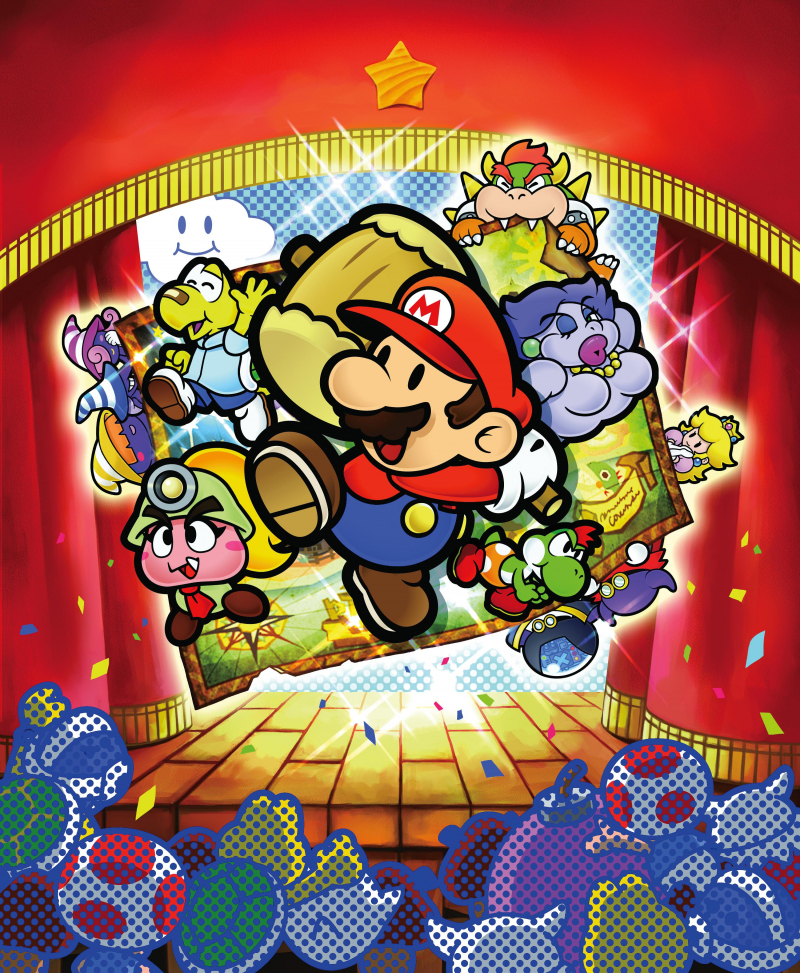
Paper Mario: The Thousand-Year Door -
Pikmin 2 is a real-time strategy puzzle video game released in 2004 by Nintendo for the GameCube home video game device. It is the second game in the Pikmin series and the direct sequel to the 2001 game Pikmin. Pikmin 2 focuses, like its predecessor, on exploring the surface of an undiscovered planet from a microscopic viewpoint, with the user directing and delegating duties to a swarm of small plant-like organisms known as Pikmin. Pikmin may be programmed to destroy barriers, defeat foes, and recover things. It offers numerous new gameplay concepts not seen in previous Pikmin games, such as the ability to control two separate Pikmin leaders simultaneously and the addition of new Pikmin kinds.
The game garnered positive reviews, with aggregate ratings of 89.60 percent and 90 percent on GameRankings and Metacritic, respectively. Many commentators liked the modifications to the Pikmin gameplay, such as the elimination of the original game's 30-day time restriction. Pikmin and Pikmin 2 were re-released in 2008 and 2009 as part of the Wii's New Play Control! series. The Wii version of Pikmin 2 was digitally re-released globally on the Wii U on March 30, 2017. Pikmin 3, the game's sequel, was published in 2013 for the Wii U.
Platforms: GameCube, Wii, Wii U
View Details: amzn.to/3sZxBOQ
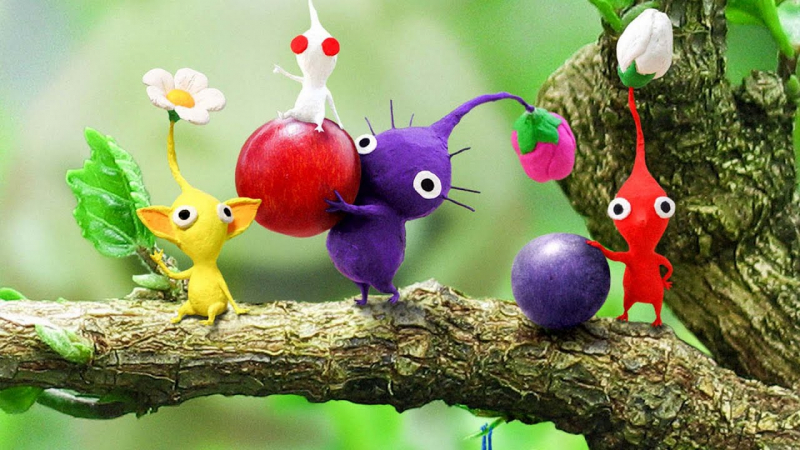
Pikmin 2 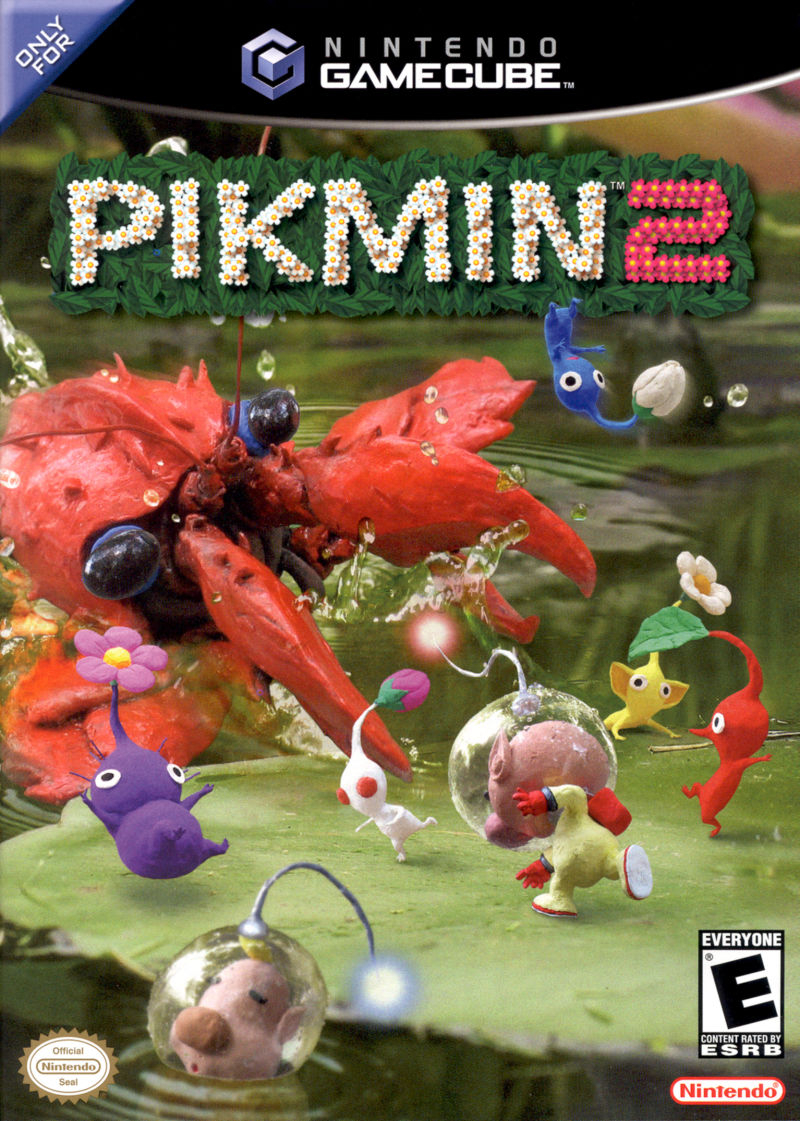
Pikmin 2 -
Resident Evil 4 is a survival horror third-person shooter game developed and distributed by Capcom Production Studio 4. It was first released in 2005 on GameCube. Players take on the role of US government special agent Leon S. Kennedy, who is tasked with rescuing the president's daughter Ashley Graham, who has been kidnapped by a cult. Leon confronts hordes of people affected by a mind-controlling parasite in a rural section of Spain and reunites with the spy Ada Wong.
PlayStation 2 development began in 1999. The first of four planned versions was directed by Hideki Kamiya following producer Shinji Mikami. In contrast to previous Resident Evil games' fixed camera angles and slower survival horror gameplay, the developers concentrated on generating more dynamic shooting action. Resident Evil 4 was advertised as a GameCube exclusive as part of the Capcom Five, but it was ported to a variety of platforms and became a cross-platform smash, selling over 11 million copies across several platforms. It received widespread praise for its plot, gameplay, visuals, voice acting, and characters, and is frequently regarded as one of the finest video games ever created, receiving much Game of the Year honors in 2005.
Platforms: PC game, Microsoft Windows, Xbox One, Xbox 360, GameCube
View Details: amzn.to/3wUbCtQ
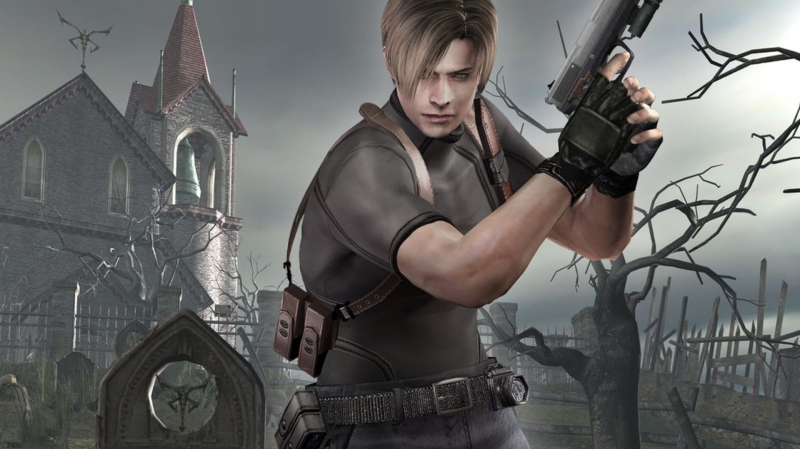
Resident Evil 4 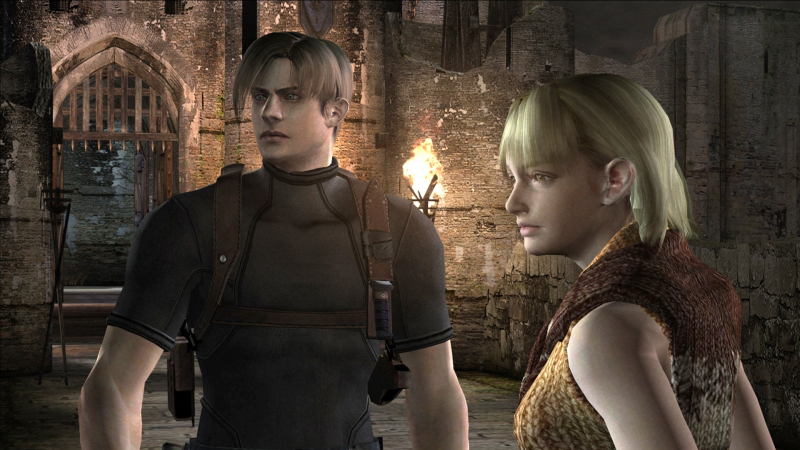
Resident Evil 4 -
Super Monkey Ball is an arcade platform video game series created by Amusement Vision and released by Sega. The series began in 2001 with the arcade game Monkey Ball, which was subsequently adapted to the GameCube as Super Monkey Ball. There have been several sequels and ports produced.
Unlike other games in which the user controls the character, Super Monkey Ball allows the player to move their character about in a gachapon ball by tilting the environment itself (the exception of this being Super Monkey Ball Adventure). Players may control the pace and turn of the character by tilting the board at different angles. Each level's aim is to get to the goal gate before the timer runs out and without falling off the floor. Collecting bananas on the stage will win you bonus points and additional lives. Early games used traditional controllers, however many newer titles incorporate modern technology, such as the accelerometers used in Wii and iPhone titles.
Platform: GameCube, Arcade game, Windows Phone, iPhone, iOS
View Details: tinyurl.com/3f8up4cc
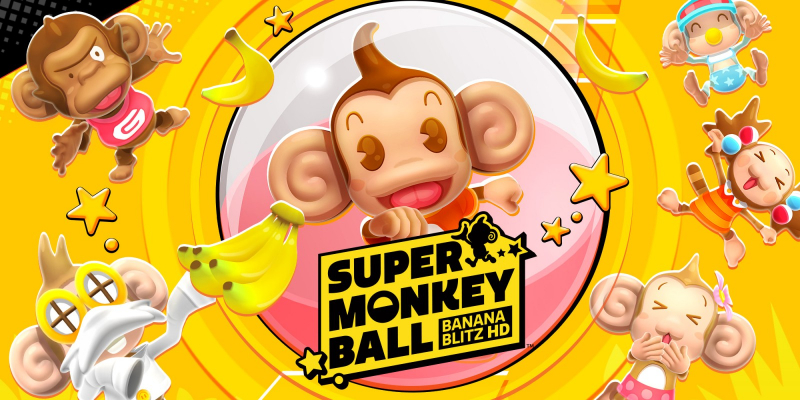
Super Monkey Ball 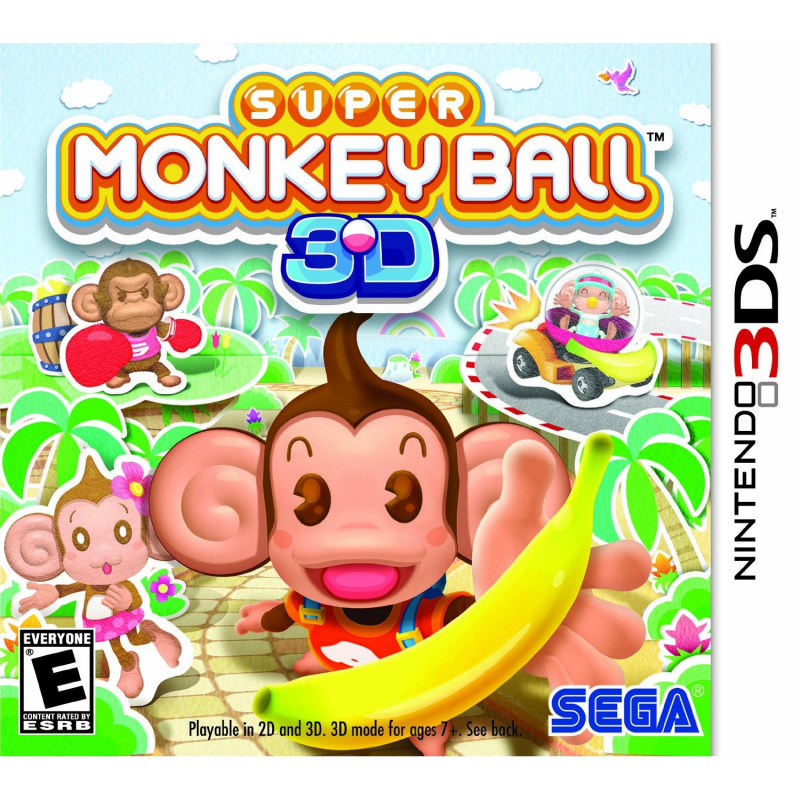
Super Monkey Ball -
Super Smash Bros. Melee is a 2001 crossover fighting video game for the GameCube developed by HAL Laboratory and released by Nintendo. It is the sequel to the Super Smash Bros. series. It includes characters from many Nintendo video game properties, including Mario, The Legend of Zelda, Star Fox, and Pokémon. The levels and gameplay types also make references to or borrow designs from these brands.
Melee contains all of the playable characters from the previous game, as well as characters from other series such as Fire Emblem, which had no games released outside of Japan at the time, as well as new levels and gameplay styles. Melee's gameplay system, like that of other games in the Smash Bros. series, takes an unconventional approach to the fighting game genre, with a counter that measures damage with increasing percentages, representing the knockback the character will experience, rather than the depleting health bar seen in most fighting games.
Platform: GameCube
View Details: amzn.to/3PHwM78
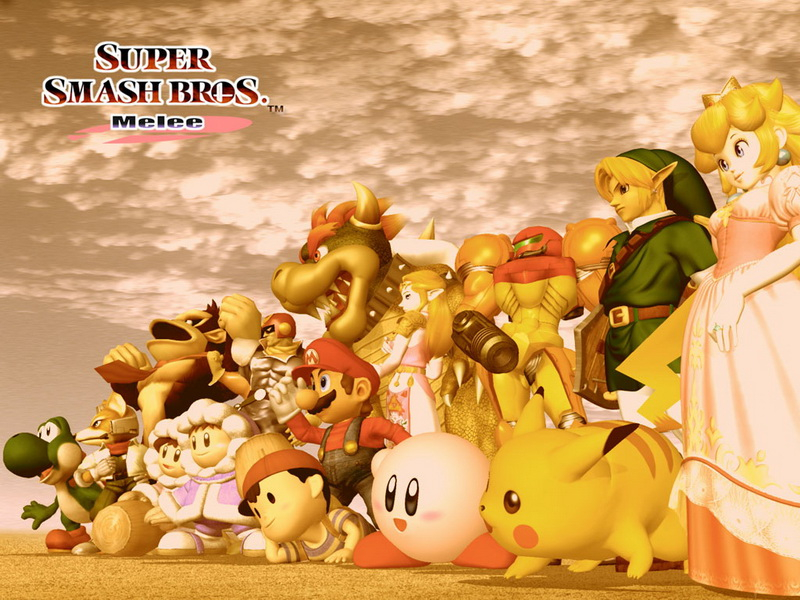
Super Smash Bros. Melee 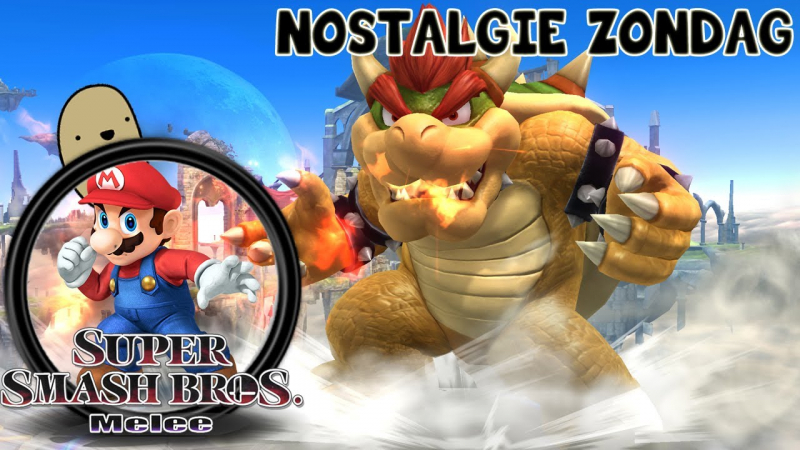
Super Smash Bros. Melee -
The Legend of Zelda: The Wind Waker is a GameCube action-adventure game developed and published by Nintendo. It was released in Japan in December 2002, North America in March 2003, and Europe in May 2003 as part of The Legend of Zelda series. The game takes place on a chain of islands in the middle of a wide sea, which is a departure for the franchise.
The player takes control of the series' protagonist Link as he tries to save his sister from the villain Ganon and becomes involved in a battle for the Triforce, a sacred wish-granting relic. Link travels the seas, discover islands, and passes dungeons with the help of companions such as pirate captain Tetra – an avatar of Princess Zelda – and a talking boat dubbed the King of Red Lions to gain the power needed to fight Ganon. Wind, which aids sailing, plays an important part and may be manipulated using the Wind Waker, a magical conductor's baton.
Platform: GameCube
View Details: amzn.to/3PKj1V8
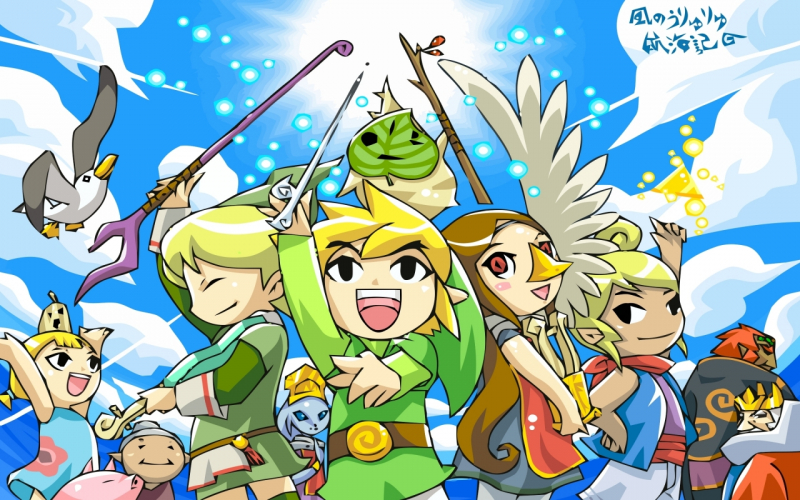
The Legend of Zelda: The Wind Waker 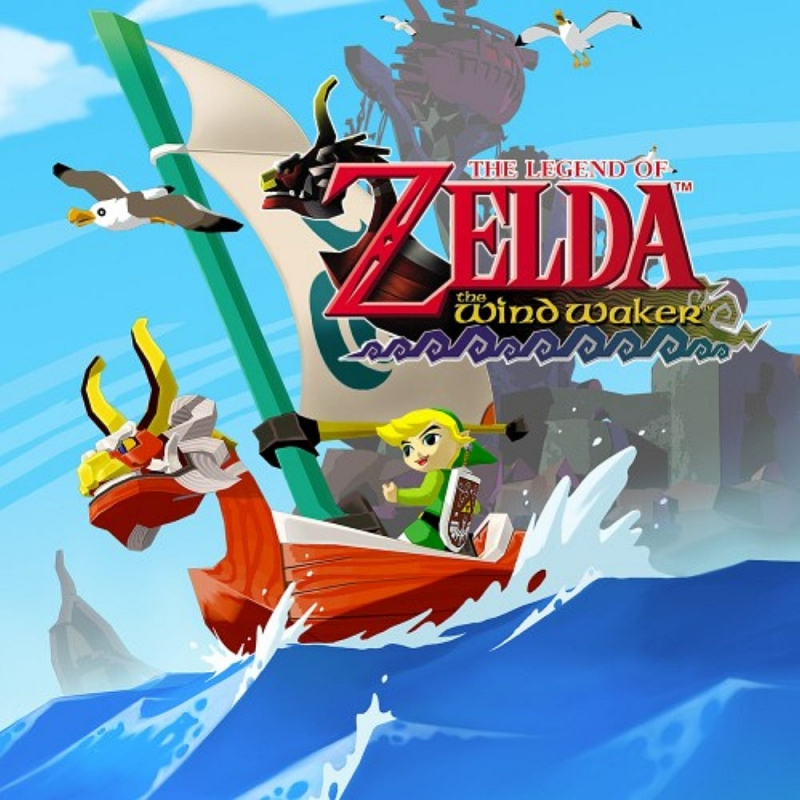
The Legend of Zelda: The Wind Waker












